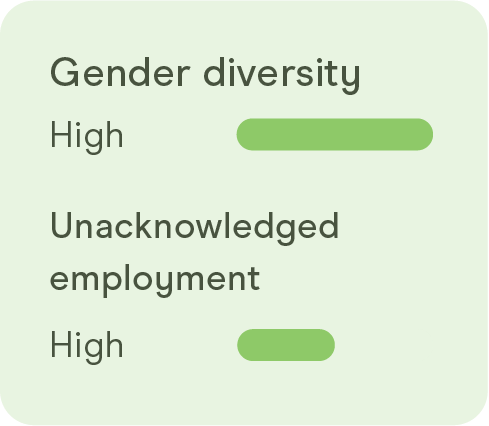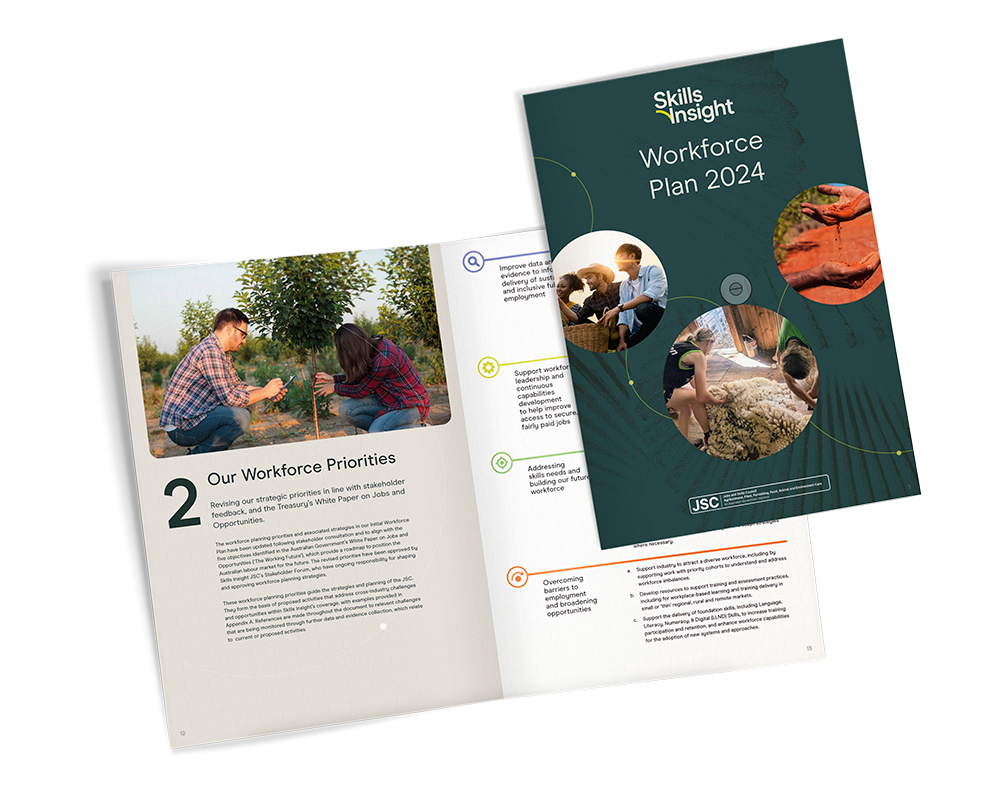The industry covers racing authority operation, racehorse and race dog breeding, ownership and training, and racetrack and race club operation. Workers in this industry are skilled in training, nutrition, and biomechanics to care for dogs or horses actively participating in racing, keeping them physically healthy and preventing injury. Main activities also include the operation of racing stables, kennels, courses or tracks, the administration of racing clubs, the provision of riding or harness driving services, and horse or greyhound training for racing.
Key updates
Rising industry interest
Despite disruptions to in-person events during the pandemic, increased interest and investment in horse racing has contributed to growing employment (up 1.6%) and establishment (up 3.9%) numbers within the sector, with the number of internet vacancies having recovered for all key occupations to pre-2020 levels. Industry growth is also interdependent with demand for value chain workforces, including feed merchants, farmers, saddleries, leather makers, veterinarians, farriers, PPE suppliers, horse float manufacturers and float drivers.
Varying trading conditions in recent years
Whilst high-quality thoroughbred racehorses have fuelled increased domestic and international interest, standardbred and other horses are facing increased competition with lower demand. This may have contributed to the volatility observed in the cumulative hours worked for Livestock Farm Workers and Livestock Farmers in the Labour Force Survey.
Opportunities
Increasing female participation
Women represented 47% of the workforce in the 2021 Census, up 2% from 2016. To cater for the growing number of female jockeys, the Victorian Government has funded racecourses to upgrade their jockey rooms.
Addressing skills shortages supports animal welfare
Stakeholders noted under-reporting of Track Rider skill shortages, and recommended that Stablehand ANZSCO skill level 5 be raised to 4 to reflect welfare skills and unlock opportunities to address shortages.
Challenges
Health and safety risks
Stables and horse/dog training facilities present distinctive health and safety risks, which may deter potential workers.
Unacknowledged employment
In 2022, the Racing and Breeding Industry Reference Committee noted high levels of informal and voluntary work within the sector. They also highlighted a thinning VET market due to enterprises’ increasing reliance on informal training. Skills Insight is undertaking a research project to examine how barriers to formal industry training delivery may be addressed
Data monitoring priorities

14,089
workers
(2021 Census)
2.2%
First Nations
(2021 Census)
1,300
2028 Projection
(JSA Projections)

47%
Female
(2021 Census)

Workforce Plan 2024
The Workforce Plan describes workforce challenges and skill opportunities identified by stakeholders across the industries we work with and outlines strategies to address them.
The 2024 Workforce Plan outlines four key Workforce Planning Priorities to guide the strategies and planning of our JSC work, retaining the strategic intent of the Initial Workforce Plan, with modifications to align with the Australia Government’s White Paper on Jobs and Opportunities.